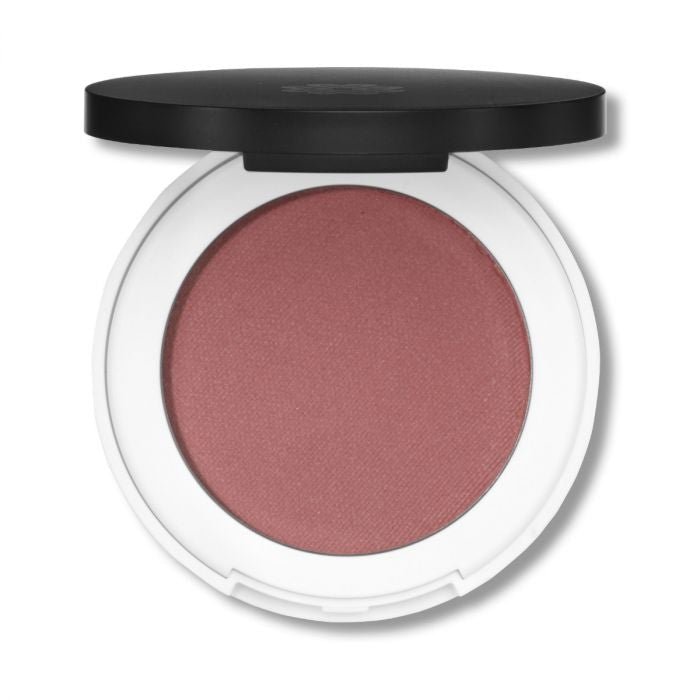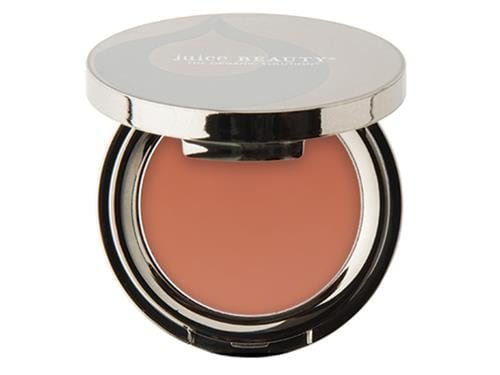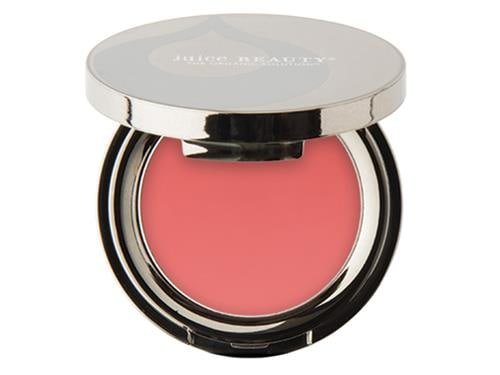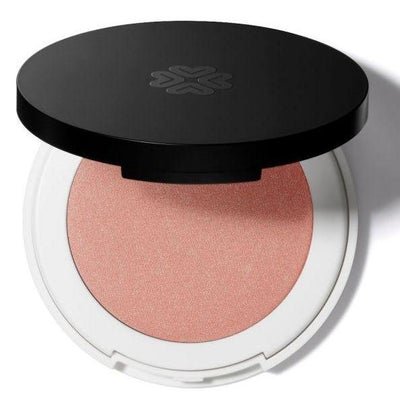Non-Toxic Blush
Popular conventional blushes like Nars Orgasm contain talc, phenoxyethanol, lake dyes, and other harmful ingredients you want to avoid. There are clean options that wear just as beautifully without potentially harmful ingredients.
Ingredients To Avoid In Blush
Talc - used to absorb moisture or prevent caking, increase opacity, and smooth or soften formulas. Talc can be contaminated with asbestiform fibers. Asbestiform fibers are known carcinogens and studies have linked them to mesothelioma. Additionally, there is no safe level of exposure to asbestos. Guidelines state that talc used in the US should be free from asbestos but in October 2019, the FDA detected asbestos in a sample of Johnson & Johnson’s baby powder. Thousands of lawsuits have been filed concerning a link between ovarian cancer and talc powder. Commonly used methods for asbestos testing in talc have shortcomings. The Interagency Working Group on Asbestos in Consumer Products has made recommendations to promote reliability of the analytical methods for asbestos.
Phenoxyethanol (ethylene glycol monophenyl ether) - can be found naturally in green tea, but is created synthetically in a lab for use as a preservative in cosmetics and personal care products. Phenoxyethanol is made from the reaction of ethylene oxide, phenol and an alkali. Ethylene oxide on its own is a carcinogen, and it is associated with reproductive effects. Phenol is a toxic powder created from benzene, which is a carcinogen. Because phenoxyethanol is an ethoxylated ingredient, it can contain the carcinogenic contaminant 1,4-dioxane and residual ethylene oxide. In 2008 the FDA warned consumers not to use Mommy’s Bliss Nipple cream because it contained phenoxyethanol which was harmful to infants. The statement indicated phenoxyethanol could “depress the central nervous system and may cause vomiting and diarrhea, which can lead to dehydration in infants.”
Lake dyes - colorants which are petroleum derived and are subject to FDA certification in the US. Because they are petroleum-derived, lake dyes may be contaminated with polycyclic aromatic hydrocarbons (PAHs), which are carcinogenic.
Butylated hydroxytoluene (BHT) - an antioxidant and preservative used in food and cosmetics that has been associated with endocrine disruption. BHT is similar to butylated hydroxyanisole (BHA) but does not show the same carcinogenic effects.
Parabens - routinely used as antimicrobial preservatives in everyday products from cosmetics, skincare, and household products to pharmaceuticals and food and beverage processing. Personal care products (including cosmetics) are one of the largest contributors to our exposure of parabens. A Study from the University of California Berkeley found an earlier onset of puberty in girls associated with higher paraben levels. Parabens are immune and skin toxicants, they mimic estrogen and disrupt the endocrine system, are toxic to the developmental and reproductive systems, interfere with gene expression, and are associated with cancer. Children exposed to propylparaben in the womb may be at a higher risk of obesity.
Best Clean Blush Options
Juice Beauty cream blush looks natural and gives the perfect amount of pigment to cheeks and is easy to apply and blend. This creamy blush comes in four colors and does not have shimmer: flush (nude beige), seashell (bright pink), orange blossom (bright coral), and peony (raspberry pink)
Lily Lolo pressed blush comes in beautiful easy-to-blend colors. Save 15% on Lily Lolo blush with code SWITCHNATURAL15.
References and Resources
https://oehha.ca.gov/chemicals/talc-containing-asbestiform-fibers
https://www.ncbi.nlm.nih.gov/pmc/articles/PMC6784763/
https://www.fda.gov/media/134005/download
https://www.ncbi.nlm.nih.gov/pmc/articles/PMC1470243/pdf/envhper00326-0221.pdf
https://www.zerobreastcancer.org/research/bcerc_factsheets_phenols.pdf
https://www.sciencedirect.com/topics/chemistry/ethoxylation
https://www.cancer.gov/about-cancer/causes-prevention/risk/substances/ethylene-oxide
https://www.bcpp.org/resource/polycyclic-aromatic-hydrocarbons/
https://www.sciencedirect.com/science/article/pii/S0160412018326722
https://endocrinedisruption.org/popup-chemical-details?chemid=907
https://www.sciencedirect.com/topics/immunology-and-microbiology/butylated-hydroxytoluene
https://analyticalsciencejournals.onlinelibrary.wiley.com/doi/10.1002/jat.3027@https://academic.oup.com/humrep/article/34/1/109/5204432
https://news.berkeley.edu/2018/12/03/prenatal-exposure-to-chemicals-in-personal-care-products-may-speed-puberty-in-girls/
https://www.sciencedirect.com/science/article/abs/pii/S0303720718301060?via%3Dihub











